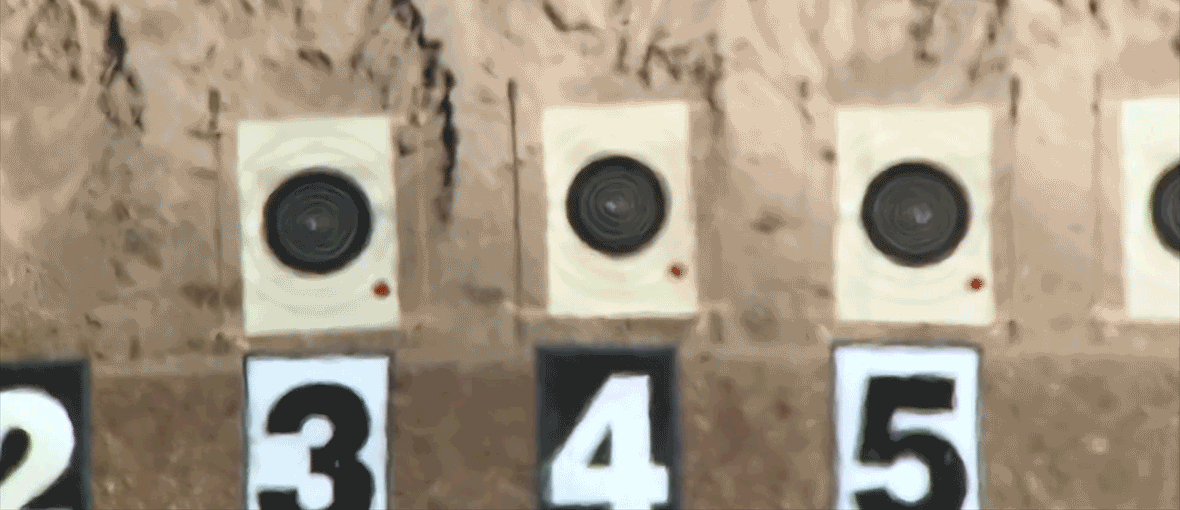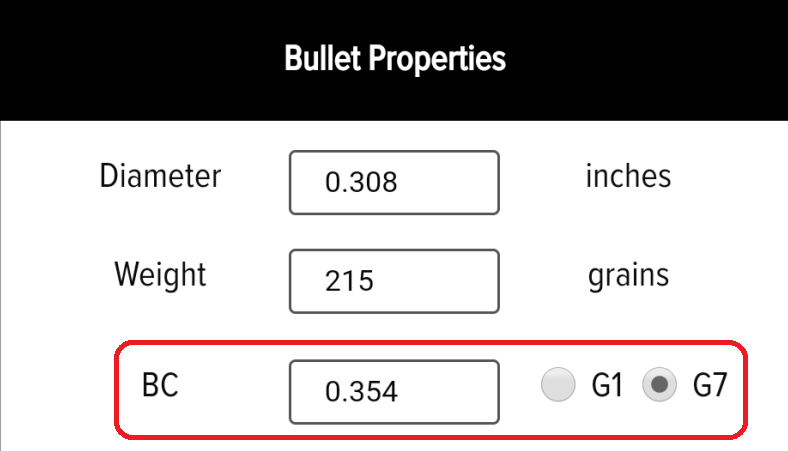
Long range shooters are familiar with the trajectory of their bullet. You zero at some range, usually 100 yards, and when shooting at targets beyond that range, you have to hold-over (or dial your scope up) to compensate for gravity drop as well as correct for wind deflection over distance. But how do you know how much to dial for elevation and windage to hit your target? Before the days of predictive models and precision rifles, shooters used Kentucky Windage, which simply means an educated guess for correcting aim rather than a calculated fire solution. These days we have highly accurate ballistic solvers that are able to predict your trajectory with extreme accuracy at long range, IF the shooter understands how to use it properly.
The modern ballistic solver calculates trajectories, elevation and windage corrections based on the inputs provided by the user. Items such as muzzle velocity, atmospheric conditions, zero range and other parameters describe the rifle and environment. Ballistic Coefficient (BC) is an important parameter that the ballistic solver uses to predict the flight of the bullet. A shooter can measure most of the other parameters: muzzle velocity with a chronograph, atmospherics with a handheld weather station, sight height with calipers, etc. However BC is one of the most important inputs and most shooters don’t have the means to measure it accurately, which is why it’s important to understand where you can look for credible numbers.

Unfortunately, Ballistics Coefficients (BCs) are often inflated or skewed to higher velocity brackets by some bullet manufacturers for marketing purposes. This may help them sell more bullets, until shooters realize they’re missing targets at long range due to inaccurate trajectory predictions stemming from the optimistic advertised BC.
Berger Bullets is committed to the success of our customers, which is why we publish BCs which are measured from live fire doppler radar testing, and averaged from 3000 to 1500 fps. This testing insures that the values are not just accurate for a part of the trajectory, but by using long range average over a common velocity band, Berger’s BCs support truly accurate trajectory predictions at long range. We don’t want to sell you one box of bullets based on an inflated performance claim. We want to provide you with quality bullets and truly accurate performance data that will enable you to actually hit long range targets with those bullets.